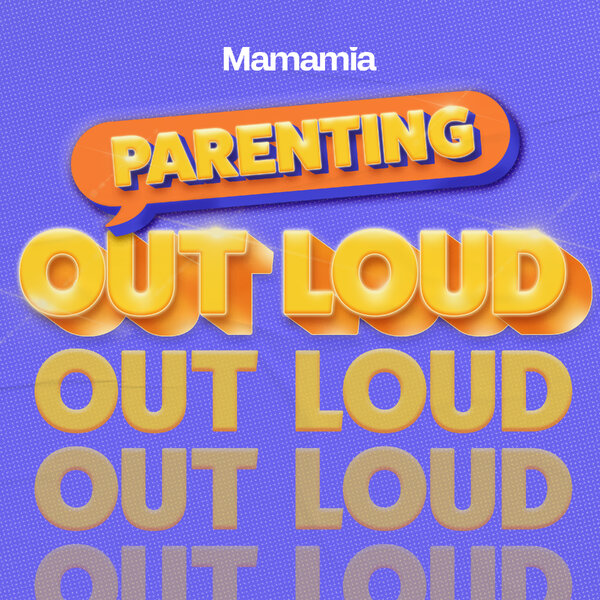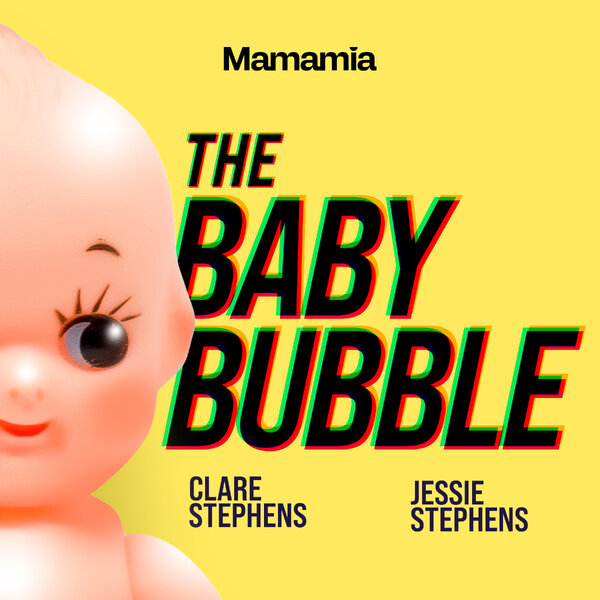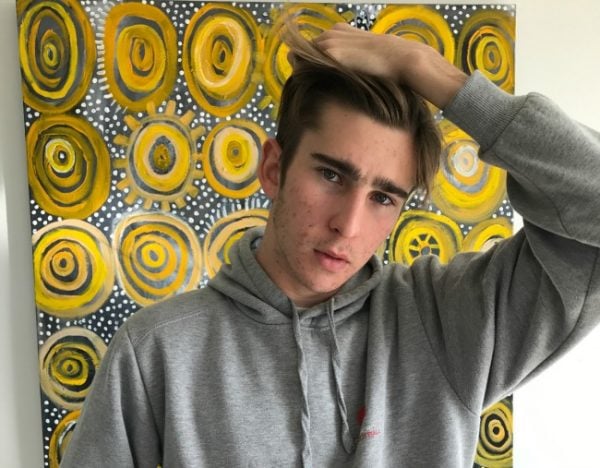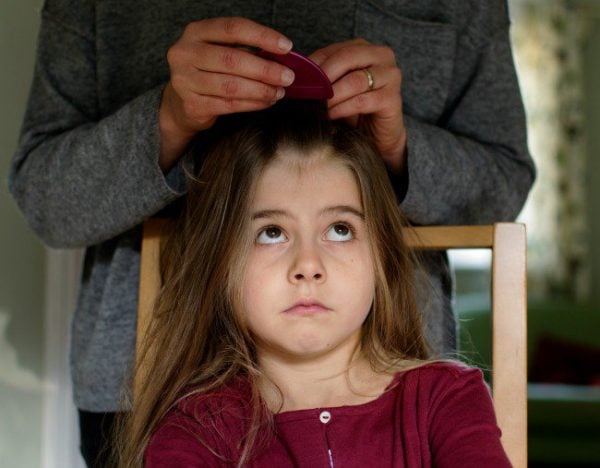
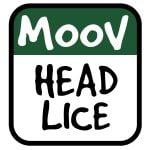
Recently I stood at Taronga Zoo with my eight year old watching the chimps.
Ivy noticed one monkey carefully checking the fur of its friend. The monkey being checked surrendered to the process – in fact I would go as far as to say the two looked absolutely blissful.
There was this gentle intimacy between them that I recognised immediately. Ivy laughed and said, “That’s like you and me, Mum, doing my head lice.”
I said, “That’s exactly like you and me doing the head lice, only difference is we don’t do it in a public enclosure.”
You see, like the monkeys, I too am a nitpicker. I also know that simple monkey pleasure of searching for parasitic freeloaders. There’s a strange thrill when one locates aforementioned freeloader, lines up the louse between ones’ opposing thumb nails and cracks it. It’s a small but very satisfying pop!
It’s a bizarre confession, but I actually enjoy removing head lice from my children. I am hoping this doesn’t land me on an episode of My Strange Addiction where my cohort is a woman who likes eating dry wall and another one who’s fond of noshing down on deodorant sticks. They’re weird. Nitpicking is natural. There, I said it. It’s not just natural – it’s good for you. We only have to look to our monkey friends for proof. Nitpicking in the animal kingdom keeps you healthy.

